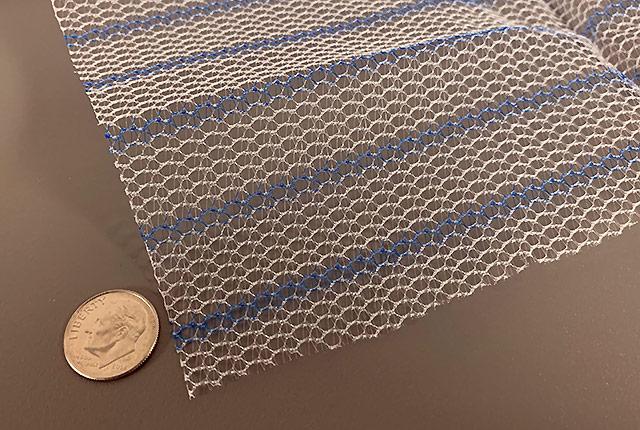
Incontinence, and clarity on appropriate surgical mesh use
Recent news has given the impression that all such use is unhealthy or outlawed. It's not.First the Food and Drug Administration halted sales of mesh used for transvaginal procedures in the United States. A week later, Johnson & Johnson settled with Washington state's attorney general for $9.9 million over the healthcare giant's misrepresentation of risks of pelvic mesh implants.
So, surgical mesh is bad and should be avoided at all costs, yes?
As a matter of fact, no, says Dr. Anna Kirby, a UW Medicine urogynecologist. She helps women manage urinary incontinence and pelvic organ prolapse, conditions that can emerge with pregnancy or aging.
Kirby stressed that the FDA order only applies to mesh inserted through the vagina for prolapse. Procedures in which mesh is inserted through the abdomen for prolapse, inserted through the vagina for incontinence, and placed in the abdomen to treat hernias are still appropriate for many patients and supported by evidence and the FDA.
But much recent news coverage did not spell out these distinctions or mentioned them toward the end of stories.
“Mesh slings that we use to treat urinary incontinence in women are still one of the safest, best-studied surgeries for incontinence we have ever had,” Kirby said.
Transvaginal prolapse repair, the mesh procedure that is the topic of lawsuits and the FDA order, was rarely performed at UW Medicine, Kirby said. She fears, though, that news coverage may have biased women against mesh even in its appropriate uses.
“Mesh slings have revolutionized how we treat incontinence, largely replacing older surgeries that required larger incisions and more painful recoveries” she said.
Incontinence occurs when the nerves are damaged during childbirth or the connective tissue is stretched, so the urethra, rather than closing after urination, allows the urine to leak through when women jump, cough, sneeze, lift a child, or run.
“It’s often associated with childbirth, but it can happen to anyone,” Kirby said.
In the United States, 15 million women deal with incontinence daily, and about 40 percent of U.S. women suffer from some degree of incontinence by the time they are 65.
Many don’t seek help, she said, they just put up with it.
Kirby encouraged women who are unclear about the FDA action or about mesh to talk with their doctors.
– Barbara Clements: 206.221.6706, bac60@uw.edu
For details about UW Medicine, please visit https://uwmedicine.org/about.
Tags:incontinence
